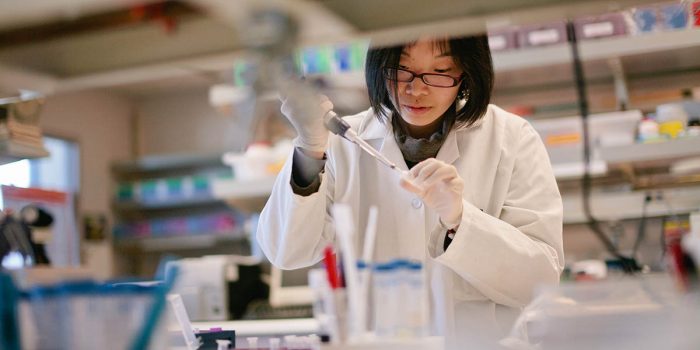What Is Biomedical Technology?
Biomedical technology is “the application of technology and engineering to living organisms”. In Layman’s terms, it’s using fancy tech to engineer really cool things to help us live longer.
It’s not as simple as that, though. Biomedical technology can be broken down into four subcategories and each has something unique to offer the field of medicine.
- Regenerative Medicine
Using the basics of cellular biology, regenerative medicine aims to understand diseases and how they impact cells. The main objective is to either reverse the effects of common ailments, such as disease and aging or grow new, healthy cells in place of the damaged ones.
- Biomedical Science and Research
This is where it starts. Scientists use biology, chemistry, and physics, combined with engineering to research treatments for ailments and diseases. Biomedical researchers then conduct trials to study how the treatments impact the targeted disease.
- Biomedical Informatics
Tracking and measuring data collected by various tech devices is where informatics comes into play. Scientists use computers to understand how health systems are performing or how disease spreads.
- Biomedical Engineering
This is where the magic happens. Biomedical engineering is using research and technology to create things like pacemakers, artificial limbs and organs, and nanotechnology. Advances in this subfield are responsible for the creation of some of the greatest technology known to man.
Modern Medical Marvels
There is no shortage of phenomenal examples of how modern medicine is impacting the very fabric of our existence.
- Immunotherapy
Immunology is the study of the immune system, which is our body’s line of defense against illness. Immunotherapy is very specific to cancer and its focus is to repair cancer cells by using t-cells, synthetic proteins, and viruses to kill cancer cells. This method for treating cancer is soon to replace radiation and chemotherapy.
- 3D Printing
Scientists are able to use 3D printers to create near-perfect anatomical matches for things like missing limbs and cranial implants. Don’t be surprised if this medical marvel eventually eradicates the need for organ transplants. One example is a collagen-based 3D anatomically correct heart. You read that right. Scientists are using 3D printers to replicate a human heart.
- Brain-Machine Interfacing
Sounds fancy, right? That’s because it is. Brain-machine interfacing uses tiny sensors that are attached to the brainstem and send signals to synthetic body extensions. In other words, eventually, you’ll be able to control artificial limbs the same way you would if they were still your biological body part.
- Wireless Health Monitors
Perhaps the most well-known wireless health monitor is the Apple Watch. Using pulse oximetry and sensors, wearable health monitors such as FitBits and Apple Watches periodically track your pulse, blood oxygen levels, breathing patterns, and more. The data collected is then used to tell the user various aspects of their overall health.
- 3D MRIs and Augmented Reality
What’s that, you say? MRI, or magnetic resonance imaging, is the use of powerful magnets and radiofrequency to force the protons in the human body to align. When the magnet is turned off, the machine sends images of what the inside of your body looks like. Surgeons can use MRI results and wear special glasses to superimpose the images to your body while performing a surgical procedure.
- Genome Editing
While many scientists are on the fence about the ethics behind genetic modification, the invention of the CRISPR is nonetheless one of the most profound advancements the medical field has ever seen. The possibility of gene editing has both positive and negative implications, but the ability to genetically modify “bad” cells at any point in the human organism’s life is astounding, to say the least.
What Does This Mean For Doctors?
It means that doctors have some of the greatest medical technology at their disposal. Advancements in medical imaging, surgical procedures, and monitoring systems mean that doctors will be able to provide next-level patient care and provide it faster.
With as rapidly as both science and technology are advancing, careers in biomedical engineering are expected to continue to grow rapidly. In other words, there will be plenty of job opportunities for physicians over the coming years.
With the help of technology, there is also a smaller margin for human error, and procedures that once took hours to complete can now be performed in outpatient clinics. Tumors that couldn’t be removed surgically can now be shrunken by way of a laser. Congenital defects can be detected in fetuses and be corrected in the womb. The possibilities are endless.


